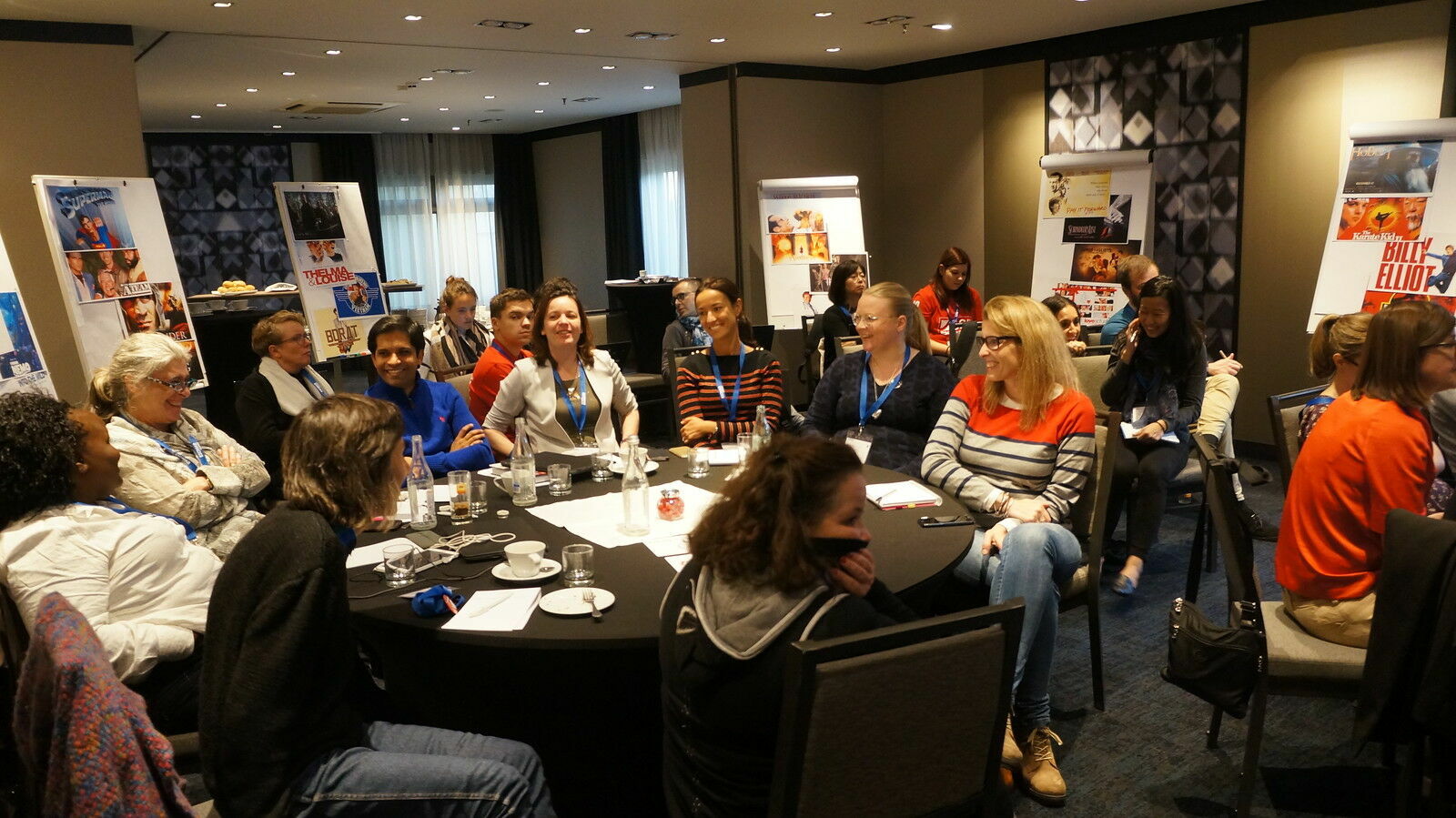Our greatest failure
Research reports and presentations pose the greatest obstacles to our engaging and persuading our audiences. They often fail to offer truly profound insights, and proffer conclusions and recommendations based solely on a single project’s data that don’t address the larger strategic needs of our clients.
Most critically, they are boring: not focused, drowning in data, poorly structured, and delivered in a dry, impersonal style.
While clients increasingly demand “more story and storytelling,” these terms possess multiple meanings, often leading to misunderstandings. Two of the four meanings of “story” I identify in my book are most relevant here:
Story as the essential, most impactful learning, usually expressed in a few sentences
Story as narrative, generally your detailed findings, conclusions, and recommendations
The challenge
Unfortunately, intensified pressures to instantly deliver results undermine our ability to explore the depths of study data, consider their broader implications, and creatively integrate these with other information and an informed understanding of the client’s competitive situation. Yet this critical learning, and its implications, are precisely what clients want from us when they ask, “What’s the story?”
Somehow, we need to find a way to push back on demands for speed and insist on more “brain time” devoted to the iterative process of identifying the essential learning. We also need time to craft compelling deliverables.
Storytelling to the rescue
Understanding the inherent power of story and tools of effective storytelling can radically improve the impact of our deliverables.
The power of story is derived from three transformative properties—stories separate us from normal reality, they juxtapose contrasting elements to keep us engaged, and they get us to care about characters and situations. We need to incorporate all three of these into our deliverables.
The report as story
Consider the written report. Historically, we’ve aimed for completeness, reporting responses to every question asked, preceded by statements of background and objectives often lifted verbatim from the original RFP: a formula for tedium.
Instead, I propose that the true story, the essential learning, should drive both content and structure. So, your narrative should only include findings that support, elaborate, or substantiate this key learning. Exile the rest to the Appendix.
Once you’ve selected the findings necessary to “make your case,” create a logical sequence that creates momentum for the reader. Often this means organizing by conclusions based on different sets of variables, which build toward the ultimate learning.
Recast the background and objectives as a dramatic situation demanding timely resolution (which your research will provide). These should reflect a much broader understanding than found in the RFP.
Throughout, lighten the tone and establish your ownership by referring to “I” or “we.” For example, precede certain findings with words or phrases such as, “surprisingly,” or “contrary to our initial expectations.”
Enlivening the presentation
The spoken presentation is an entirely different animal from the written report. While the essential learning remains the same, the content, structure, and style contrast sharply.
And this is where storytelling can best be applied.
Most critically, you need to assume the role of a true storyteller, which is both empowering and liberating. You get to select what material everyone sees, and you control the flow. Your audience can’t skim, skip a section, or read ahead. You can also interact with the audience in a way a report writer never can.
In fact, as a storyteller, you embody the presentation—the slides, etc., are just props. Think of yourself not only as an authority delivering critical learning, but as an entertainer or even a magician, holding the audience’s attention as you pull insights “out of a hat.”
To be convincing, you need to project an informal, approachable persona. Avoid neutral academic style and verbiage. Share your reactions to and opinions about the findings. Inject asides as you present, such as “this finding reminds me of what we found in a study in another sector…” or even personal comments, such as “the best thing about doing groups in France is the wine served in the backroom.”
Success demands you gain audience engagement from the beginning and hold it throughout. Here you need to pull your audience away from their conversations and devices into your narrative. How you start is critical. Keep the background/objectives brief, reduce the method to a few sentences, and NEVER show a summary upfront: that’s the kiss of death.
You may even darken the room ahead of time and put a brief background, objectives, and method text on the screen as folks enter, so you can skip over these. Often, it’s best to start with a sweeping statement such as, “We believe our findings will have a major impact on your market share,” then dive directly into the detailed findings.
Reduce the findings shown to those absolutely necessary to make your case and streamline graphics to only illustrate key findings. To maximize impact, devote significant time to the conclusions and recommendations, which are what your clients care most about.
In terms of sequence, juxtapose types of learning, not only in terms of subject but also alternate simpler and more complex output. But to be a true storyteller, you need to manipulate expectations. Promise, even tease, but don’t deliver right away.
For example, you might say near the beginning, “One of the four concepts tested emerged as the clear winner.” But don't tell them yet which one. Or later on you could say, “These findings have some very important implications. But before considering these, let’s focus on another aspect of our inquiry.”
Finally, it’s critical to get your audience to care not only about how the findings affect them, but the study subjects themselves. Remind them that “markets” consist of real people experiencing real needs, which the client is posed to meet.
And make sure the client understands that you are not neutral—you really care about their success.
Fred John
Principal and Founder at Consilience Research & ConsultingC. Frederic (“Fred”) John is a four-decade research veteran with experience on both supplier and corporate sides. A former ESOMAR Vice-President, he currently runs his own shop, Consilience Research & Consulting, LLC. In recent years, Fred has focused on pioneering ways of crafting more compelling deliverables by incorporating storytelling techniques. He explores the topic at length in his just-released book, Storytelling and Market Research: A Practical User Guide (Routledge Press). Contact Fred at fred@consilienceresearch.com.



